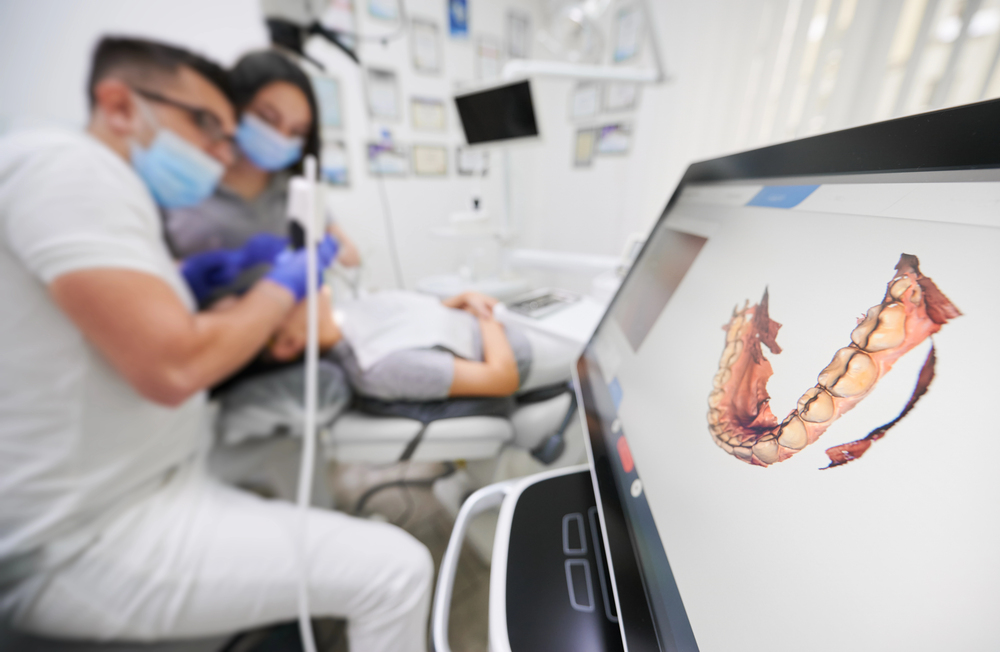Dentistry has entered an exciting new era. With rapid advances in digital tools, artificial intelligence, and biomaterials, oral healthcare is no longer just about filling cavities and cleaning teeth—it’s about prevention, precision, and personalization. In 2025, exceptional dentists with the latest technology are setting new standards in patient care, comfort, and clinical outcomes.
AI-Powered Diagnostics and Treatment Planning
One of the most transformative trends in dentistry this year is the integration of artificial intelligence (AI). AI tools are now capable of analyzing dental X-rays and 3D images faster and more accurately than ever before. These systems help detect cavities, gum disease, and even signs of oral cancer at earlier stages, giving dentists a powerful new way to diagnose and intervene promptly.
AI doesn’t just stop at diagnostics. Treatment planning software powered by machine learning algorithms can now assist clinicians in predicting treatment outcomes, suggesting optimal approaches, and customizing care plans for each patient. Exceptional dentists with the latest technology are already using AI to streamline workflows and enhance decision-making, ultimately improving both efficiency and patient satisfaction.
Intraoral Scanners and Digital Impressions
Gone are the days of messy impression trays. Intraoral scanners are now a standard tool in many modern practices. These handheld devices create highly accurate 3D images of the mouth in seconds, enabling precise planning for crowns, bridges, orthodontic appliances, and implants.
Digital impressions offer a more comfortable experience for patients and greater accuracy for clinicians. By eliminating physical molds, exceptional dentists with latest technology can reduce the margin of error, shorten turnaround times, and deliver better-fitting restorations faster than ever before.
3D Printing in Dental Labs and Clinics
3D printing is no longer a futuristic concept—it’s being actively used in dental clinics across the globe. This technology enables the on-site production of dental prosthetics such as crowns, veneers, dentures, and surgical guides, reducing reliance on external labs and slashing production times from weeks to hours.
What sets 2025 apart is the growing use of biocompatible resins and advanced 3D printers that offer unmatched precision. This capability allows dentists to provide same-day restorations, which is particularly beneficial in emergency or time-sensitive cases. Exceptional dentists with the latest technology are using 3D printing not just to speed up treatments but also to personalize them more effectively.
Laser Dentistry: Less Pain, More Precision
Lasers are revolutionizing how soft tissue procedures are performed. They offer a minimally invasive alternative to scalpels and drills, with reduced bleeding, swelling, and discomfort. From treating gum disease to performing frenectomies and cavity preparations, laser tools are enhancing both safety and comfort.
In 2025, more practices are investing in high-quality laser systems that provide greater control and efficiency. Patients benefit from shorter healing times and often don’t require anesthesia. The result? A more relaxed dental visit—and better clinical results.
Teledentistry and Remote Monitoring
The COVID-19 pandemic accelerated the adoption of virtual healthcare, and in 2025, teledentistry remains a vital tool in expanding access to care. Video consultations, remote assessments, and digital follow-ups allow patients to connect with dentists from the comfort of home, especially for routine evaluations or post-operative check-ins.
Some dentists now use AI-enabled wearable devices or mobile apps to monitor oral health remotely, alerting both the patient and practitioner to emerging issues like bruxism or gum inflammation. Exceptional dentists with the latest technology are using these tools not just for convenience but to build stronger, ongoing relationships with their patients.
Biocompatible and Regenerative Materials
Material science has also come a long way. Biocompatible materials that mimic the natural properties of teeth are improving the durability and aesthetics of restorations. Meanwhile, regenerative dentistry is showing promise with innovations like stem cell-infused scaffolds and tissue engineering.
These advances are making it possible to regenerate damaged tissue, potentially even enabling natural tooth regrowth in the future. Exceptional dentists with latest technology are staying ahead of these trends, offering treatments that heal rather than just replace damaged tissue.
Personalized Preventive Care Through Data
With data analytics becoming more sophisticated, preventive dentistry is evolving from general recommendations to highly individualized care. Wearables, smart toothbrushes, and apps now gather real-time data on brushing habits, diet, and oral pH levels.
This information allows dentists to develop preventive care plans tailored to each patient’s unique risk profile. The best practices in 2025 are those led by exceptional dentists with latest technology who can translate this data into actionable insights—helping patients avoid problems before they start.
A New Standard in Dental Care
The future of dentistry is not just high-tech—it’s human-focused. While tools like AI, 3D printing, and laser systems are transforming what’s possible, the real differentiator remains the skill and vision of the practitioner. Exceptional dentists with the latest technology are the ones leading the way—using innovation not to replace human care but to enhance it.
As we move deeper into 2025, patients have more choices than ever before. Those who seek out dental professionals at the cutting edge of technology can expect a new level of precision, comfort, and care that’s changing what it means to go to the dentist.



